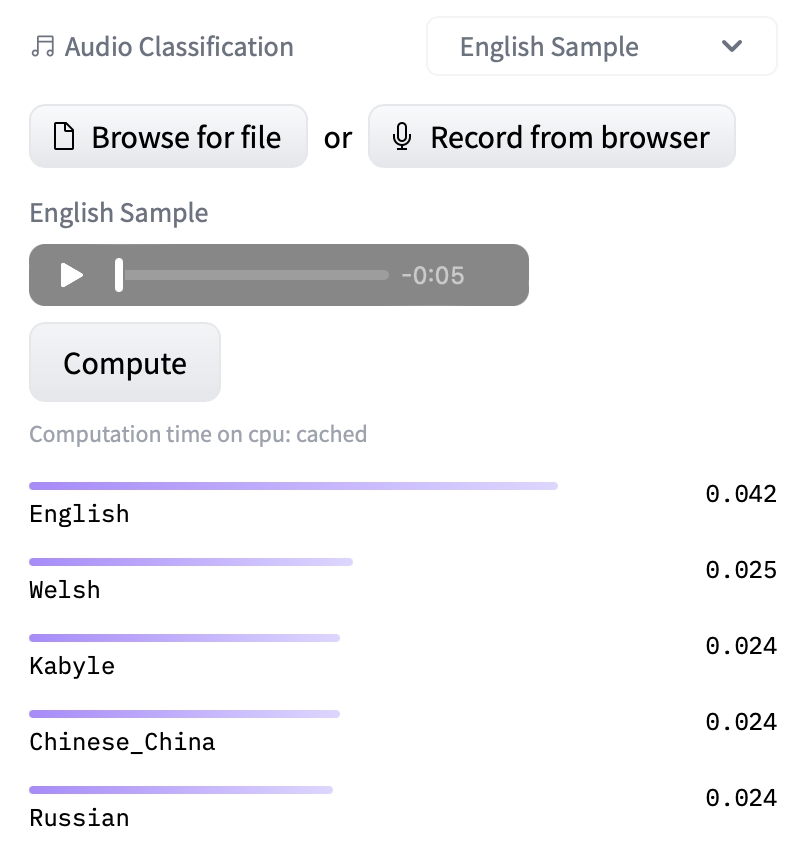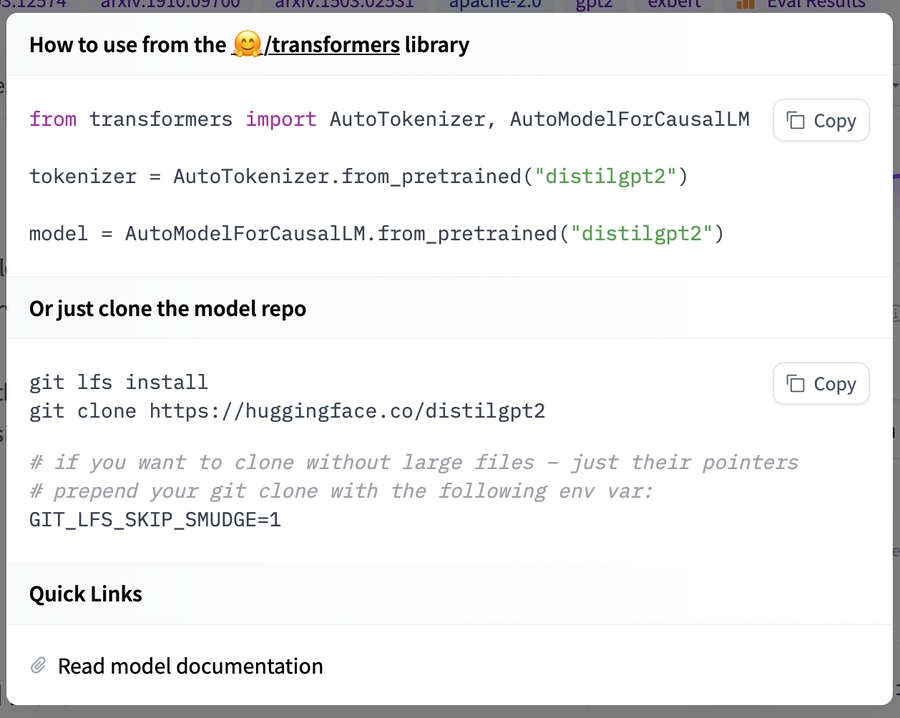Transformers
Using 🌍 transformers at BOINC AI
🌍 transformers is a library maintained by BOINC AI and the community, for state-of-the-art Machine Learning for Pytorch, TensorFlow and JAX. It provides thousands of pretrained models to perform tasks on different modalities such as text, vision, and audio. We are a bit biased, but we really like 🌍 transformers!
Exploring 🌍 transformers in the Hub
There are over 25,000 transformers models in the Hub which you can find by filtering at the left of the models page.
You can find models for many different tasks:
Extracting the answer from a context (question-answering).
Creating summaries from a large text (summarization).
Classify text (e.g. as spam or not spam, text-classification).
Generate a new text with models such as GPT (text-generation).
Identify parts of speech (verb, subject, etc.) or entities (country, organization, etc.) in a sentence (token-classification).
Transcribe audio files to text (automatic-speech-recognition).
Classify the speaker or language in an audio file (audio-classification).
Detect objects in an image (object-detection).
Segment an image (image-segmentation).
Do Reinforcement Learning (reinforcement-learning)!
You can try out the models directly in the browser if you want to test them out without downloading them thanks to the in-browser widgets!

Using existing models
All transformer models are a line away from being used! Depending on how you want to use them, you can use the high-level API using the pipeline function or you can use AutoModel for more control.
Copied
You can also load a model from a specific version (based on commit hash, tag name, or branch) as follows:
Copied
If you want to see how to load a specific model, you can click Use in Transformers and you will be given a working snippet that you can load it! If you need further information about the model architecture, you can also click the “Read model documentation” at the bottom of the snippet.

Sharing your models
To read all about sharing models with transformers, please head out to the Share a model guide in the official documentation.
Many classes in transformers, such as the models and tokenizers, have a push_to_hub method that allows to easily upload the files to a repository.
Copied
There is much more you can do, so we suggest to review the Share a model guide.
Additional resources
Last updated